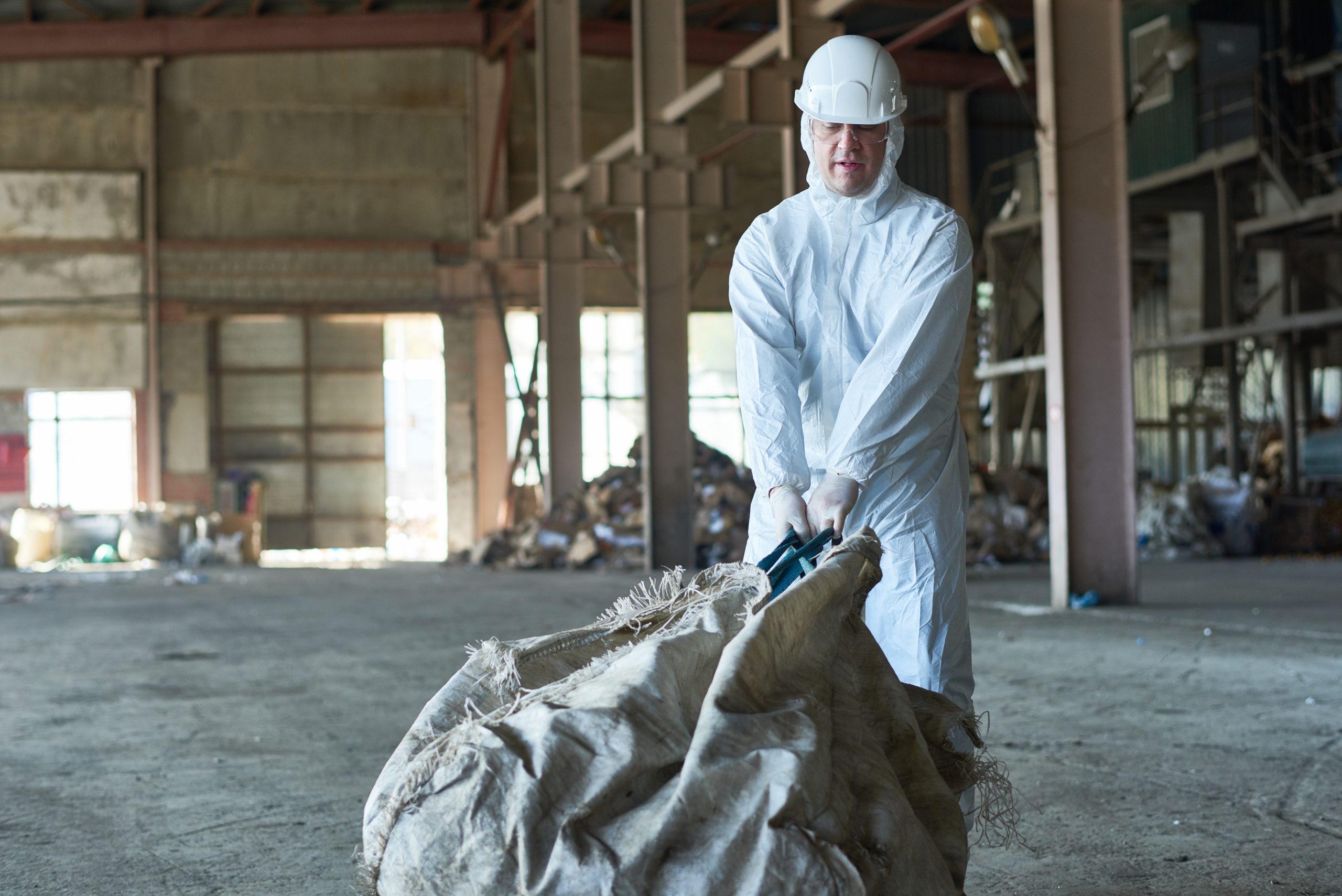
Right now, cannabis is only sold in 11 of the 50 states, but in each one, specific laws around packaging and child-proofing are creating piles of waste. Considering its roots in many earth-conscious communities, it’s way past time to be thinking about what happens when all of these cannabis tubes, packets and cartridges are spent.
As a society, it can seem like we’re easily distracted from any sort of ecological conservation every time we reach a shiny new plateau—in this case, cannabis legalization. What once came in mason jars, reusable vac bags and shaggy, thrice-used Ziplocs, is now put into a plethora of plastic, Mylar or glass packaging, and then on top of it, in many cases a state-mandated exit bag.
 The main purpose of putting legal cannabis in the hands of consumers is to address the myriad of health and wellness concerns that people found enough relief in to disregard 82 years of prohibition. The current methods of packaging cannabis for sale have created a cannabis-adjacent packing materials boom that is no doubt making a subset of people a lot of capital.
The main purpose of putting legal cannabis in the hands of consumers is to address the myriad of health and wellness concerns that people found enough relief in to disregard 82 years of prohibition. The current methods of packaging cannabis for sale have created a cannabis-adjacent packing materials boom that is no doubt making a subset of people a lot of capital.
Although it’s almost unavoidable in the modern cannabis marketplace, plastic and weed should not mix. Not only did the titans of industry—and the grandfathers of plastic and synthetic materials—push for hemp’s banishment from the United States and later Europe, they continue to pollute the planet shamelessly, hardly innovating in their nearly 112 years of proliferation.
California’s laws aren’t quite labyrinthine, but they aren’t simple either. The state’s Department of Public Health handles cannabis, but it doesn’t have the manpower to review packaging. This creates issues like recalls and deadstock sales, where an entire inventory of a non-compliant product must be destroyed. The regulations are very specific, requiring opaque packaging for edible cannabis, and in January 2020, another wave of businesses will inevitably die off after not being able to meet the new child-protection laws that will take effect by then.
Colorado used to be more lenient about cannabis packaging, but in 2017 it locked down all of the labeling, the wrapping and even the size of the fonts on any given package. Nothing may be labeled as candy, and everything must be dropped into an exit bag before leaving the dispensary.
Oregon doesn’t require packaging to be as fully developed as other states do, but it does require child-resistant packaging. Like many other states, an exit bag is required, and the state lists approved models, many of them Mylar.
Washington’s specific rules at least seem to have the plant in mind. According to Marijuanapackaginglaws.com, in addition to state-mandated warning labels, “Plant products must be packaged in tamper-proof, non-reactive, and child-proof. Liquid products must be packaged in materials of a certain thickness.” Exit bags in some states don’t have to be child-proof, provided the cannabis is packaged as such, and others allow the exit bag to act as the child-proofing.
Nevada also is following the double child-proofing tip. Plastic and Mylar are the typical choices here, and exit bags are also required. Massachusetts, which is new to the cannabis market, has followed the lead of others, with those same opaque and child-proof boxes for manufacturers to tick. Similarly, Alaska also has gone this route, and these are just the states where recreational cannabis is legal. Many states that only allow medical use have the exact same laws.
 This amounts to government-mandated pollution. The complaints are numerous, and the chorus against all of this is growing. Truth is, convenience and excitement over legal cannabis are trumping our better judgment. Although there are a few standout businesses attempting to enhance viability of packaging that is recyclable, it’s still quite rare as the easy—and premade—plastics are taking front and center.
This amounts to government-mandated pollution. The complaints are numerous, and the chorus against all of this is growing. Truth is, convenience and excitement over legal cannabis are trumping our better judgment. Although there are a few standout businesses attempting to enhance viability of packaging that is recyclable, it’s still quite rare as the easy—and premade—plastics are taking front and center.
A few companies are trying to break the plastic mold. Sun Grown Packaging has created a compostable and child-resistant, plastic-free technique for cannabis boxes. Leafly said of this company, “Packaging manufacturers must fight back via innovation and voluntary compliance with higher standards.”
HerbCEO, a resource website for cannabis professionals, noted a few guidelines for selecting eco-friendly cannabis packaging. They include ensuring that the materials are naturally derived and biodegradable, multi-use if possible, and free of polluting chemicals. Sun Grown is on their short list, but so are a few others, like Sana Packaging, who use hemp to make cannabis packaging.
N2 Packaging is the most promising for immediate plastic reduction. It surrounds cannabis with a recyclable aluminum can that also preserves the integrity of the flower. And those ugly exit bags? HerbCEO recommended Hisierra, who use sugarcane to craft biodegradable versions.
New options exist, but they are harder to come by. As things evolve, will elected officials who are eager to see their states profit from cannabis sales also see the piles of plastic they have created? ■
*This article has been updated to reflect number of legal states.


Thanks for sharing, Very Informative content. If you are looking for environment-friendly cannabis packaging visit Dura Pack company. They will provide you with the best eco-friendly and environmentally-friendly cannabis packaging solutions.